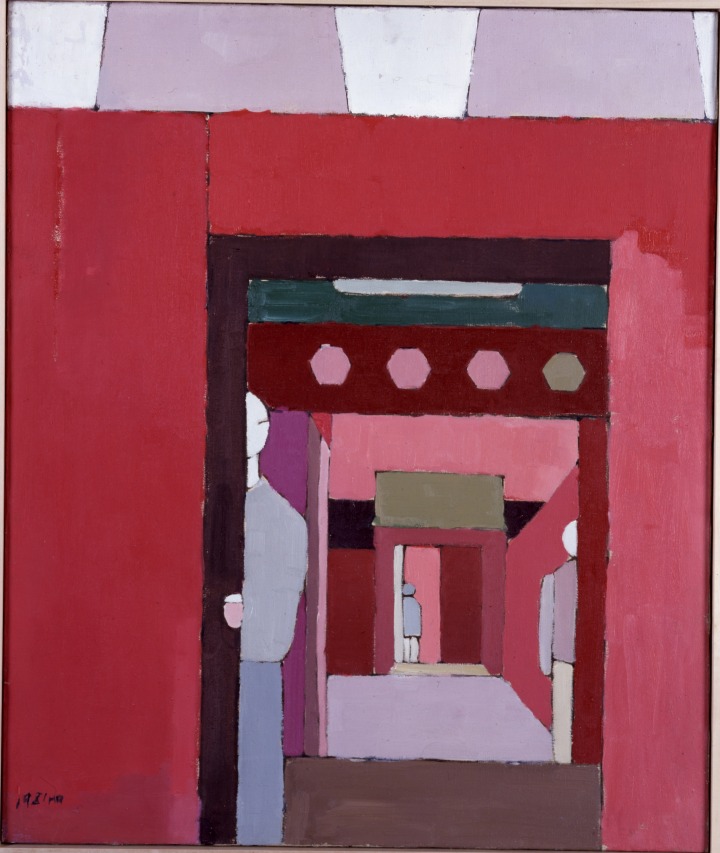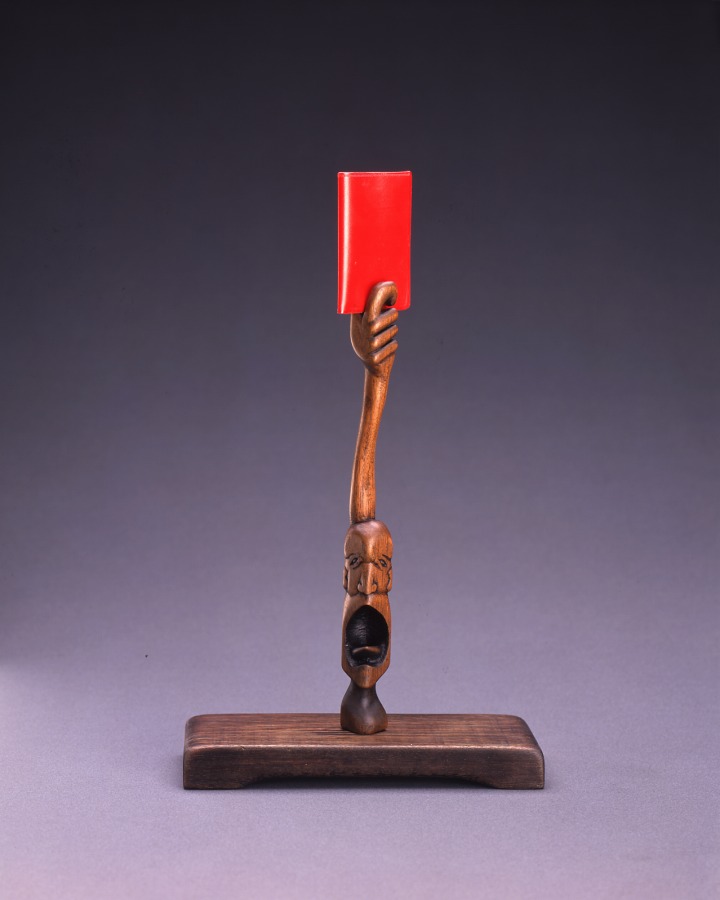The Stars Art Group
The China’s First Contemporary Art Group:
In Search of the Freedom in Art
Stars was formed in revolt against art strictly controlled by the Communist Party of China and is China’s first contemporary art group in pursuit of individual freedom of artistic expression. Put together by young artists, among them Huang Rui (1952–), Ma Desheng (1952–) and Qu Leilei (1951–), the group called itself ‘stars’ in response to the constant depiction of Mao Zedong worshipped as the Sun during the Cultural Revolution. In September 1979 the group organized a guerilla style public exhibition on a plot of empty land next to the National Art Museum of China in Beijing. The art museum intervened immediately, and in what became known as the Xing Xing Incident the exhibition was shut down and core members were taken to police, the group then staging a demonstration in protest. The following year a second exhibition was held at the National Art Museum, recording its highest visitor numbers with 80,000 visitors. With the government’s tight control over everything, however, the core members one by one moved abroad, effectively breaking up the group. While their work was not necessarily the most original, their determined spirit of experimentalism and willingness to cast a critical eye over society and politics identifies the group as the starting point of Chinese contemporary art.
[Yamaki Yuko]

Huang Rui "Forbidden City" 1981 oil on canvas

Wang Keping "Long Live!" 1978 wood, vinyl plastic
